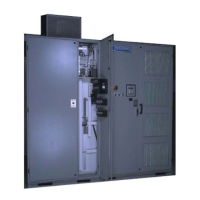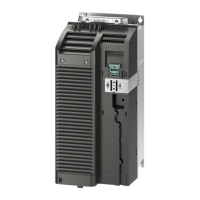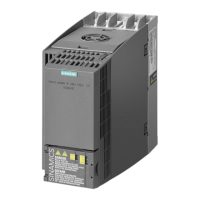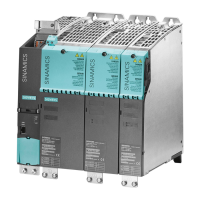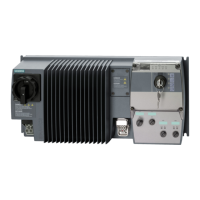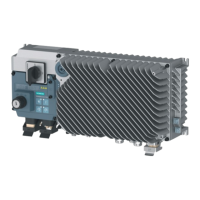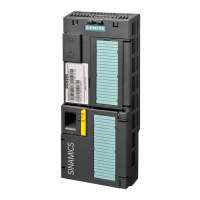there is concern the SINAMICS Perfect Harmony™ GH180 drive or the rotating load could cause
harmful motor bearing currents.
Screening (Shielding)
The purpose of screening (shielding) is to prevent any unwanted radio frequency
electromagnetic radiation from escaping or entering a system. To accomplish this, the screening
must be part of the cabinets or enclosures as well as connecting input and output cables. The
SINAMICS Perfect Harmony™ GH180 drive, with its switching elements and microprocessor
controllers, is a source of RFI. However, the drive enclosure has been engineered and tested to
provide an eective "Faraday Cage" that limits the amount of RFI escaping from the drive. This
cage also helps prevent unwanted RFI from entering the drive. All cables in and out of the drive
(power/mains and control/signal) must be screened (shielded) to limit RFI emissions. The motor
housing is typically an eective RFI shield. To achieve EMC, the drive enclosure, cable screens,
and motor housing must be bonded together to eectively form one system shield. All cable
screens (shields) should have no interruptions. All connections in the system shield must be low
impedance in the megaHertz (MHz) range. Special connectors are designed for this purpose and
are recommended.
Drive Medium Voltage Input (Mains) and Medium Voltage Output (Motor) Cable
Siemens recommends the input and output medium voltage power cable, regardless of
operating voltage, used for all SINAMICS Perfect Harmony™ GH180 drives be screened
(shielded) to mitigate RFI and achieve EMC. The cable screen (shield) should be electrically
continuous for the entire cable length and constructed of nonmagnetic metal, a tape screen
(shield) is preferred. Cable armor and non-tape screens (shields), such as Unishield, also serve
to limit RFI emissions. Cables employing armor and non-tape screens (shields) have been
successfully employed with SINAMICS Perfect Harmony™ GH180 drives, but they may not be as
eective as a tape shield in limiting RFI.
The cable manufacturer's recommendations for maximum pulling tension and minimum bend
radius should always be followed when installing cable.
No other cable screens (shields), power or control/signal, should be bonded to the drive output
(motor) cable screen (shield). Very high levels of electrical noise will be transferred from the
drive output (motor) cable screen (shield) to these cable screens (shields).
Whenever armored cables are used they should be properly terminated with a gland, the armor
contacting the gland through all 360 degrees, and the gland circumferentially in direct contact
with the gland plate and bonded to earth (ground).
Drive Medium Voltage Input (Mains) Cable
The screens (shields) can be earthed (grounded) at either end as required. Consult the local
codes/regulations/laws for guidance.
Drive Medium Voltage Medium Voltage Output (Motor Cable)
The screens (shields) should be earthed (grounded) at the drive end only, preferably using lead
lengths less than 24 inches. Earthing (Grounding) this cable at both ends may create harmful
circulating currents in the screens (shields) and may elevate the earth (ground) plane potential
in the drive, introducing noise in the drive control section.
When multiple sections are spliced together to form one single cable, the screen (shield) of each
section should be earthed (grounded) at the drive end of the section. Refer to the gure
"Earthing (Grounding) cable screens (shields) when multiple sections are used".
Electrical Connections
7.4 EMC Installation Guidelines
Type 6SR5 Air-Cooled
Operating Instructions, AK, A5E39390112 43
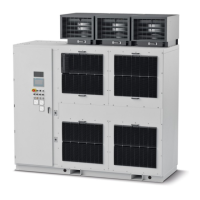
